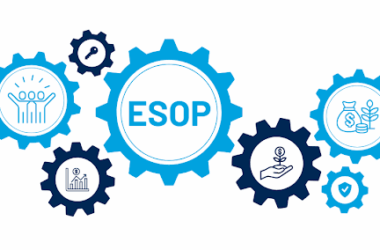A laboratory is only as effective as the tools inside it. At first glance, the terms basic laboratory apparatus and chemistry laboratory apparatus may seem interchangeable, but they describe different scopes of equipment, design priorities, and typical uses. Understanding these differences helps educators, students, and technicians choose the right tools for a task whether that task is a simple measurement, a demonstration, or a complex chemical experiment.
Definitions and scope
Basic laboratory apparatus refers to common, general purpose items found across many types of labs: beakers, measuring cylinders, pipettes, spatulas, glass rods, balances, and basic glassware. These items support routine tasks such as measuring volumes, mixing, heating, and simple observations. They are versatile and usually designed for durability and ease of use.
Chemistry laboratory apparatus by contrast, includes both basic items and specialized instruments tailored specifically for chemical work. This category expands to include apparatus for synthesis, separation, analysis, and reaction control for example, burettes and volumetric flasks for titration accuracy, condensers and round bottom flasks for reflux and distillation, inert atmosphere setups, and analytical devices like spectrophotometers and gas chromatographs. The key is that chemistry apparatus often emphasizes chemical compatibility, precision, and safety under reactive conditions.
Design, materials, and precision
Basic tools are typically produced with general purpose materials and tolerances that suit education and routine tasks. Glass, plastic, and simple metal alloys dominate; color coded or graded markings help with approximate measurements. Basic laboratory apparatus often prioritizes robustness and low cost over extreme precision.
In contrast, chemistry laboratory apparatus is engineered for chemical resistance (e.g., borosilicate glass, PTFE, stainless steel), high precision, and specialized connectors or joints (standard taper joints, stopcocks). Apparatus for chemistry frequently requires tighter tolerances volumetric flasks and pipettes calibrated to deliver known volumes, or reaction vessels rated for pressure and temperature. Safety features like pressure relief, grounding for electrostatic sensitive work, and containment for corrosive reagents are more common.
Typical uses and workflows
Basic apparatus supports foundational lab activities: measuring, basic mixing, sample handling, and qualitative observation. They are essential in school labs, introductory practicals, and cross disciplinary workshops. Basic laboratory apparatus enables students to learn core skills without the complexity of advanced setups.
Chemistry specific apparatus supports tasks central to chemical practice: controlled synthesis, purification (distillation, chromatography), quantitative analysis (titrations, spectroscopy), and handling hazardous reagents. Workflows in a chemistry lab place heavier emphasis on reaction control, reproducibility, and analytical accuracy needs addressed by the specialized chemistry laboratory apparatus.
Maintenance, calibration, and safety
Both categories require cleaning and care, but chemistry apparatus often demands stricter maintenance and regular calibration. Instruments used for quantitative analysis should be calibrated against standards; glassware used for volumetric work should be checked for accuracy. Safety protocols, fume hoods, proper waste disposal, chemical resistant PPE are more closely tied to chemistry apparatus because of the potential hazards involved.
Conclusion
Basic laboratory apparatus provides versatile, durable tools for general tasks and teaching. Chemistry laboratory apparatus includes those basic tools plus specialized, chemically resistant, and higher precision equipment designed for synthesis, separation, and analysis. Choosing between them depends on required precision, chemical compatibility, and safety needs in the intended laboratory work.





